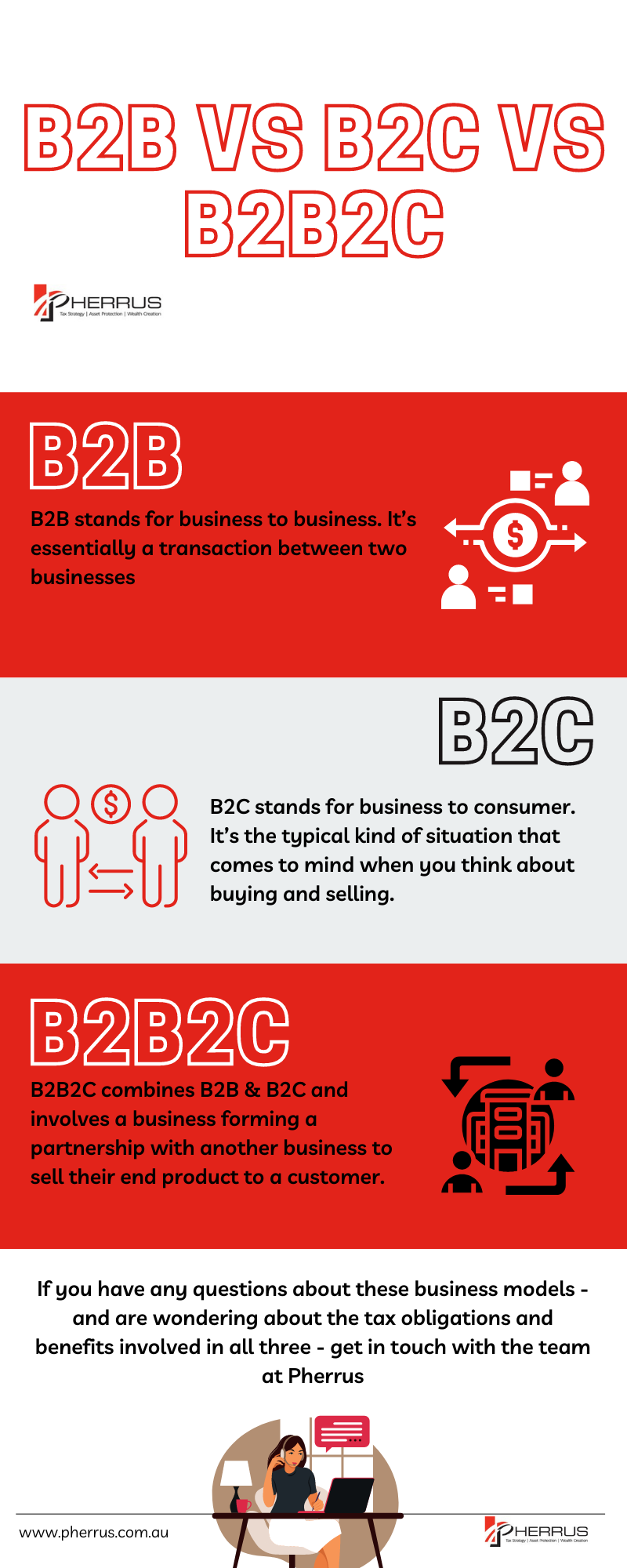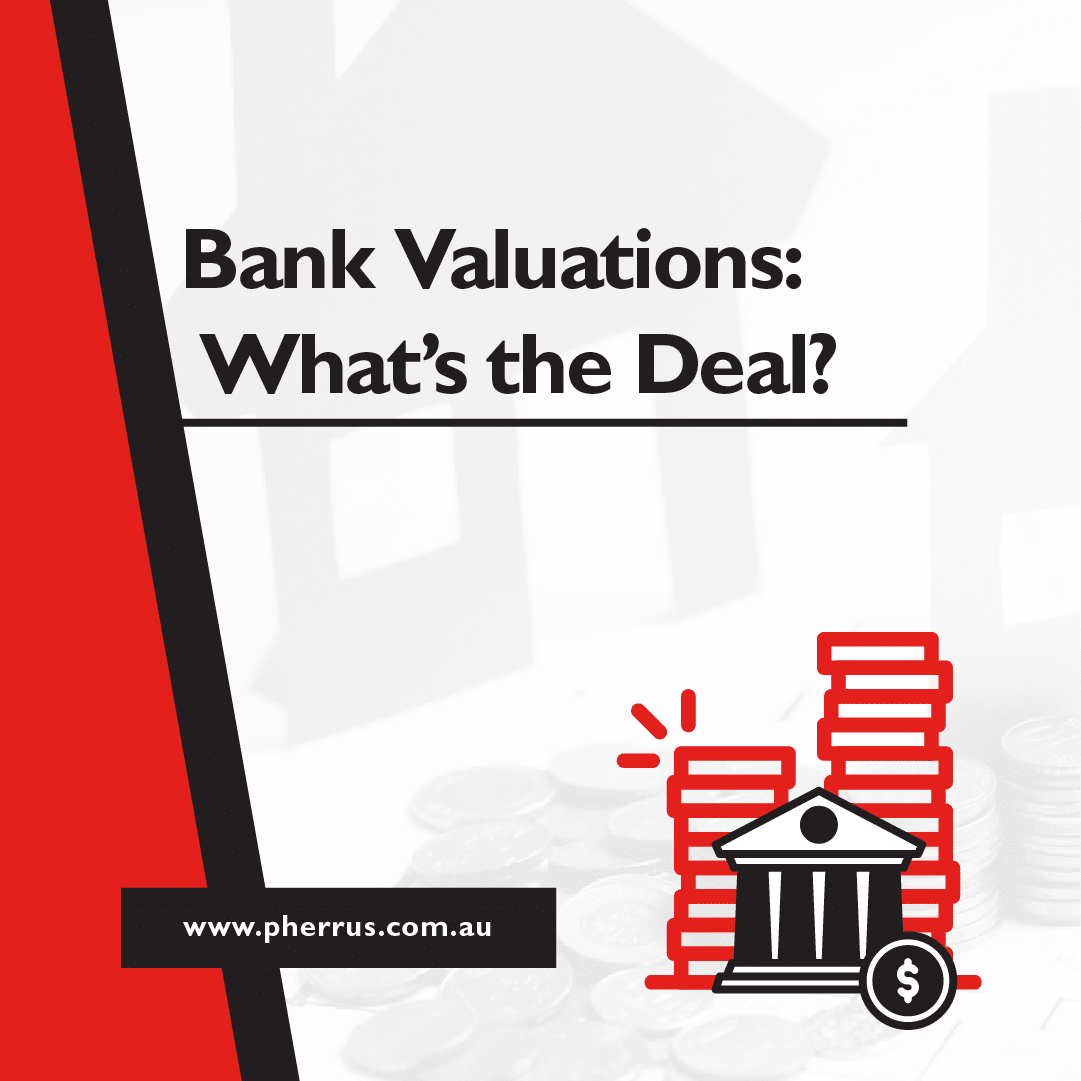If you run a business, online blog, or work in any industry where you commonly deal with business clients, you’ve probably heard of these three terms—B2B, B2C, and B2B2C.
On the surface, this terminology may sound complicated and confusing. But thankfully, they’re all simpler than you may think.
In this article, we’ll walk you through what these three terms mean and discuss how they might apply to you in the business world.
Defining the terminology
Let’s start by briefly defining these three acronyms.
B2B stands for business to business. It’s essentially a transaction between two businesses—such as a wholesaler and a manufacturer, or a retailer and a wholesaler.
B2C, on the other hand, stands for business to consumer. It’s the typical kind of situation that comes to mind when you think about buying and selling. A standard B2C relationship involves a retailer and a customer.
You can probably guess what B2B2C means now. That’s right—it stands for business to business to consumer. In this model, a company collaborates with another business to sell a service or product to a customer. From the customer’s eyes, however, the product or service comes from the first company.

All about B2B
Now, let’s dive a little deeper into the B2B model and how it might apply to your working life.
Here’s a quick rundown:
– B2B transactions happen between two businesses.
– These transactions normally happen in the supply chain—so one company will purchase materials from another to use in their manufacturing process.
– B2B business transactions are common in industries such as auto manufacturing, housekeeping, industrial cleaning, eCommerce, and property management.
– The B2B term also applies to online content intended for business owners rather than individual consumers, such as articles about business tax advantages.
So, traditionally, B2B was all about companies purchasing components and raw materials to manufacturers; or retailers purchasing supplies from a manufacturer to stock their stores. The final product is usually sold in a B2C transaction.
Today, the definition of B2B has expanded to include communication—especially online or digital communication—between two or more businesses. For example, social media sites such as LinkedIn exist largely for B2B communication.

The B2B model and eCommerce
Over the past decade, the eCommerce market has grown to substantial heights—especially in the B2B sphere. In fact, according to a report by Forrester, total B2B eCommerce transactions in the United States will likely hit $1.8 trillion by 2023. In Australia, the market is also booming.
Through the internet, manufacturers and retailers can learn about other businesses at an unprecedented pace, identifying key product lines and offering a B2B relationship.
B2B examples
As we discussed above, B2B relationships are extremely common in the manufacturing industry. Think of any big-name car brand—you can bet they use materials and parts from other companies to produce their final model.
B2B is all around you when you look closely. For example, if you have a printer at home, the company you buy your paper, ink, and replacement parts from likely also supplies those components to other businesses.
All about B2C
Now let’s dive deeper into the world of B2C transactions.
In your day to day life, you probably come across this transaction model more than any other. Grocery shopping, buying an online game, downloading an app for your smartphones—these are all examples of B2C transactions consumers experience every day.
The concept of B2C transacting became especially popular in the late 1990s after the dot-com boom. Around that time, the term mostly referred to online retailers selling services and products to customers via the internet.
Here’s a short summary of B2C:
– B2C is all about businesses selling services and products to customers directly. There’s no middle person.
– B2C most commonly refers to digital retailers who sell products and services to customers online.
– In the past few decades, online B2C has threatened traditional brick-and-mortar retailers.
– Many traditional retailers, however, now thrive in the online space.
It’s worth mentioning how the B2C marketing approach differs from the B2B model. For example, when targeting retailers (B2B), a business will highlight the impact and quality of its product or service. However, when targeting consumers directly (B2C), creating an emotional connection is equally important.
The B2C model and eCommerce
Let’s chat more about eCommerce and how it has impacted the B2C model over the past two or three decades.
Traditionally, B2C transactions included buying groceries, eating out at a restaurant, or going on a shopping trip with friends. In the digital sphere, it also referred to infomercials, pay-per-view movies, and other forms of television advertising.
Today, the term largely refers to eCommerce transactions—or selling services and goods via the internet.
Many businesses that traditionally transacted in the physical world have now moved partially or wholly online. For example, many restaurants now allow customers to purchase menu items online for pickup or delivery.
eCommerce B2C marketing is booming, too. If you use social media, email, or browse the internet, you likely see forms of B2C marketing every day—such as targeted Facebook advertising or email marketing campaigns sent directly to your inbox.
B2C examples
As we discussed above, traditional B2C examples include a customer shopping at the supermarket or buying a cup of coffee from their favourite cafe.
In today’s digital world, B2C is rampant. In Australia online, thousands of companies sell products and services online—whether they have a physical storefront or not. In fact, some companies that previously traded in brick-and-mortar stores now only sell online.
When you browse eBay for a secondhand set of pliers, select express shipping when buying an outfit for an upcoming event, or order dinner from a delivery service, you’re participating in the B2C model.
You likely also come across B2C marketing every day. You might see a billboard while you’re driving down the highway advertising a local BBQ grill. Or maybe you’ve seen an ad on TV promoting a new series.
These marketing examples are labelled B2C because the business sells directly to the consumer. When you see an advertisement on TV for a soft drink brand, they’re targeting you as an individual—not a business or corporation.
In contrast, a soft drink manufacturer might market the same product B2B by creating direct email marketing campaigns to local retailers.
B2B vs B2C: Tax obligations and benefits
Generally, the B2B model involves a much higher transaction volume than the B2C model. This difference exists because in the standard supply chain, B2B transactions involve many raw materials and subcomponents, while in the B2C model, there’s only one transaction.
As such, GST applies to B2B companies throughout the entire supply chain. The receiver pays GST while the supplier will receive a credit reflecting the input tax they paid at acquisition.
In the B2C model, however, the receiver (or consumer) bears all GST expenses and is not entitled to any credits.

All about B2B2C
Finally, let’s talk more about B2B2C and what the model involves.
You may have noticed an overriding theme in this article—eCommerce. And you’d be right to notice!
eCommerce has taken over the B2B and B2C worlds so strongly that it has blended the two together, creating a new model—B2B2C.
Again, here’s a brief run-through:
– B2B2C combines B2B & B2C and involves a business forming a partnership with another business to sell their end product to a customer.
– B2B2C allows businesses to scale growth and maximise their business opportunities.
– As an example, an online payment company might partner with a retailer to offer monthly payment plans to customers.

The B2B2C model and eCommerce
As we discussed, the B2B2C model came to prominence almost entirely because of eCommerce trading.
Many former B2B companies have expanded to B2B2C to take advantage of the model’s many benefits. Rather than working towards their goals alone, businesses can solicit help from other companies to optimise their operations.
However, for the partnership to work out well, both companies must target the same audience. The collaboration will also need to benefit the consumer.
The online world makes these collaborations much easier. Rather than joining together in person—such as by moving into the same office or warehouse—businesses can partner up entirely in the digital sphere.
For example, one business could integrate its service into another business’s website without needing to invest internal resources. The end customer could then take advantage of this additional service.
B2B2C examples
Let’s expand on the example above.
Say you work full-time and find it difficult to schedule a grocery store trip each week. You might prefer to shop online and have your groceries delivered directly to your door.
Many smaller grocery stores can’t offer this service because of inadequate staffing arrangements or technology. However, these stores could solicit an external company to offer a digital shopping experience to customers.

To summarise
To sum up, B2B is about businesses selling to businesses and B2C is about businesses selling to consumers. B2B2C, then, blends these two frameworks together, forming a new business model where businesses collaborate with other businesses to sell a product or service directly to the consumer.
If you have any questions about these business models—and are wondering about the tax obligations and benefits involved in all three—get in touch with the team at Pherrus Financial Services today.





